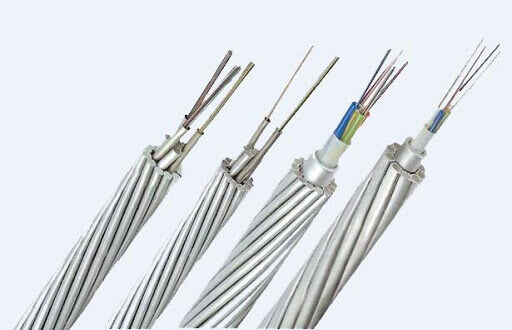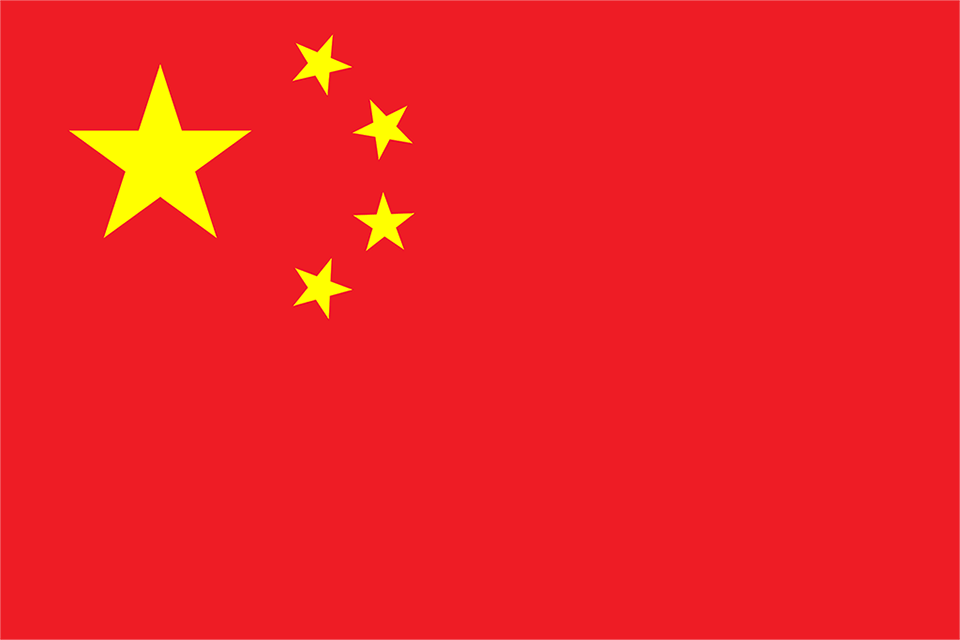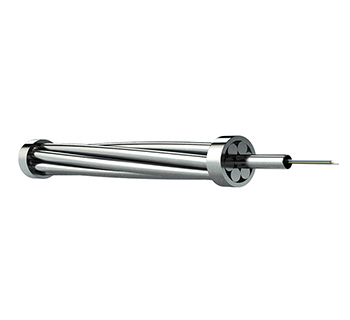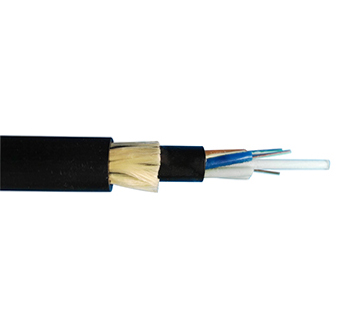Precautions for OPGW optical cable installation
During installation, the OPGW cable and all metal instruments must be reliably grounded to avoid damage to personnel and equipment due to capacitive and inductive coupling.

Laying of OPGW optical cable
1. In order to ensure the safety and quality of the OPGW, a tension string should be used across the OPGW. In addition to ensuring sufficient strength of the traction rope, tensioning machine, and abrasive tools, its engineering machinery performance should also meet the needs of the manufacturer. For the anti-torsion measures in OPGW construction, the manufacturer provides "construction process plan".
2. The OPGW optical cable of this project is installed on the ground support on the left side of the tower. When the OPGW connection is disconnected, all the legs of the tower are installed on the legs of the tower, and the junction box and the remaining cables are installed on the outside of the bc legs of the tower. bc leg, above 8m from the ground.
3. The OPGW must be led down to the junction box of the designated tower. The length of each OPGW is manufactured strictly in accordance with the length of the junction box (the supplier has instructions for the cable section used in each reel), and it must not be misused. When calculating the length of the OPGW, the influence of the length of the lower end and the arc at both ends is considered. In addition, considering the OPGW margin, the OPGW leads the ground by 10-20m.
Set the joint box tower number according to the OPGW tower pole list. After the OPGW is delivered, the construction unit should check the starting and stopping tower number and the length of each slab indicated on this form, and then construction can be carried out after the verification is correct.
4. OPGW at both ends of the line is installed according to the incoming line installation table.
5. The minimum bending radius of OPGW is generally not less than 0.5m. After construction, it shall not be lower than the requirements of the manufacturer, and pay attention to when making jumper wires, pull wires and coiled cables.
6. Vibration damper should be used to prevent the OPGW from rotating, and measures should be taken to prevent the torsion of the traction rope from being transmitted to the OPGW.
7. When the tensile force reaches the design value, the tensile force should be maintained for 1 hour to make the internal torsional stress of OPGW disappear. The OPGW tight line adopts the optical cable and traction network that the manufacturer supports.
8. When pulling, the pulling force of OPGW satisfies the guide rail to minimize the distance between the ground wires to prevent damage to the optical fiber. Other requirements are the same as those of the wire.
9. The length of OPGW must be one (per disk) length, and it is not allowed to connect two or more OPGW cables. The aluminum-clad steel part of OPGW can be cut by the traditional cutting method, but the stainless steel tube for fiber laying must be cut with the stainless steel cutting knife provided by the manufacturer. At the same time, care must be taken to avoid damaging the optical fiber. Except for the joint design to determine the position, the OPGW connector is not allowed to appear anywhere in the circuit, except that the OPGW's in and out of the box position can be cut off in a small amount according to the construction requirements, and other places shall not be cut off.
10. During the entire process of tension release, the end of OPGW should be protected to avoid damage.
 中文
中文 









